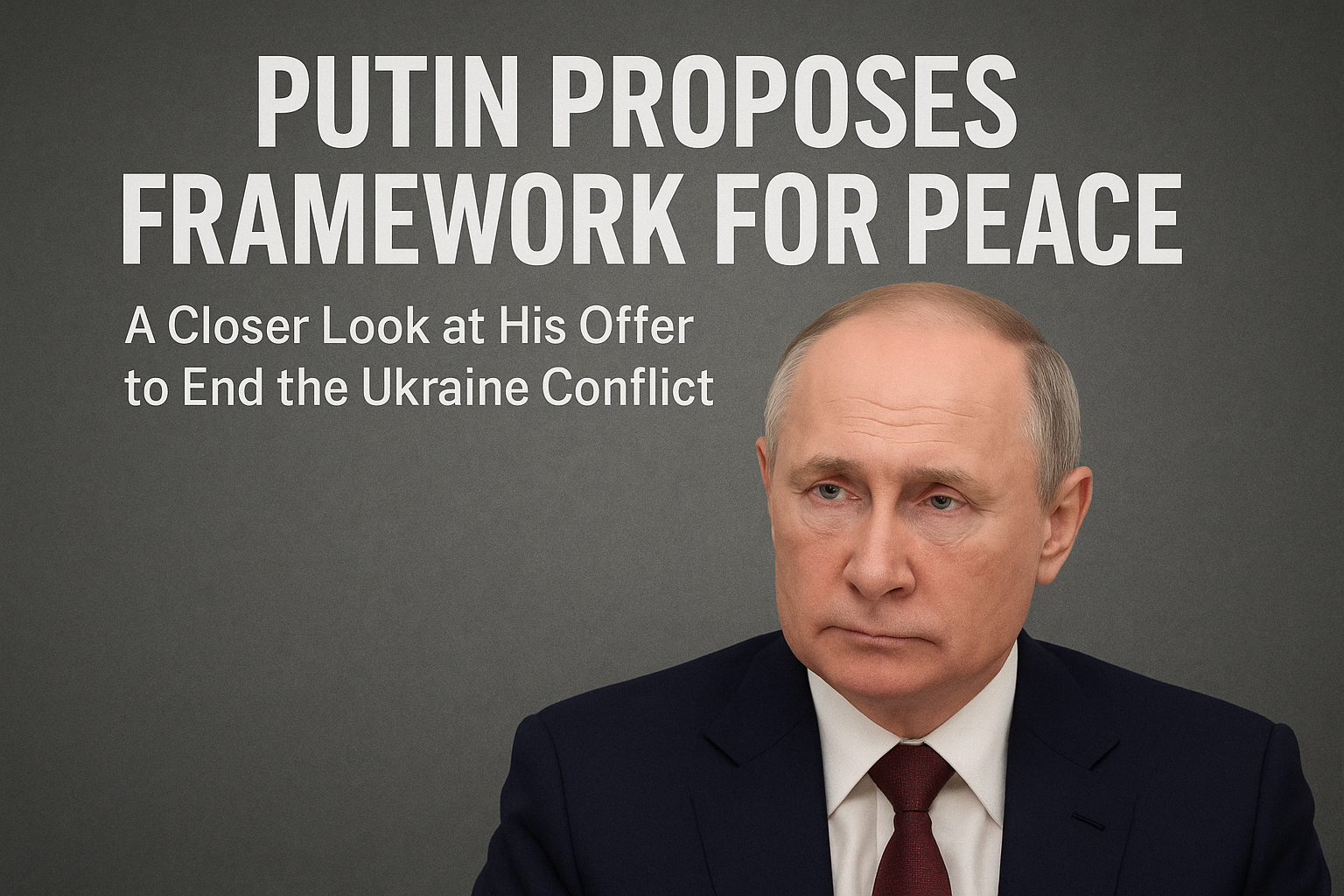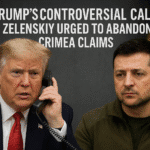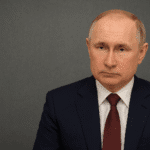Putin Proposes Framework for Peace: A Closer Look at His Offer to End the Ukraine Conflict
In a surprising move that has garnered international attention, Russian President Vladimir Putin recently proposed a framework for peace aimed at resolving the ongoing conflict in Ukraine. This proposal comes amidst a backdrop of escalating tensions and ongoing military engagements that have resulted in significant loss of life and widespread destruction. As the world watches closely, it is essential to dissect the details of Putin’s offer and assess its potential implications for both Ukraine and the broader geopolitical landscape.
The Context of the Proposal
The conflict in Ukraine, which began in 2014 with Russia’s annexation of Crimea, has evolved into a complex war involving multiple factions, foreign powers, and deep-seated historical grievances. Over the years, various attempts at negotiation have faltered, leading to a stalemate that has left millions displaced and the region in turmoil. Against this backdrop, Putin’s recent overture is seen by some as a strategic maneuver to regain diplomatic leverage.
Key Elements of the Proposed Framework
Putin’s proposal outlines several key components aimed at establishing a foundation for peace. Among these elements are:
1. **Ceasefire Agreement**: The framework calls for an immediate ceasefire to halt hostilities and create a conducive environment for dialogue. This is crucial for minimizing further casualties and allowing humanitarian aid to reach affected populations.
2. **Negotiations on Territorial Integrity**: The proposal emphasizes discussions around Ukraine’s territorial integrity, including the status of Crimea and the Donbas region. Putin has indicated a willingness to explore options that respect Russia’s interests while also addressing Ukraine’s sovereignty.
3. **International Mediation**: To facilitate negotiations, Putin suggests involving neutral international mediators who can help bridge the gap between conflicting parties. This could potentially include representatives from countries not directly involved in the conflict.
4. **Economic Cooperation**: Recognizing the economic implications of prolonged conflict, the framework includes provisions for economic cooperation between Russia and Ukraine. This could pave the way for trade agreements and investment opportunities that benefit both nations.
5. **Security Guarantees**: A critical aspect of the proposal is the call for security guarantees for both Ukraine and Russia. This could involve commitments from NATO and other international organizations to ensure that neither party feels threatened by the other’s military actions.
Reactions from Ukraine and the International Community
The response to Putin’s proposal has been mixed. Ukrainian officials have expressed skepticism, viewing the offer as a potential ploy to buy time while continuing military operations. They emphasize that any peace framework must prioritize Ukraine’s sovereignty and territorial integrity without compromise.
Internationally, reactions have varied. Some Western leaders have cautiously welcomed the initiative, seeing it as a possible opening for dialogue. However, there is also concern that Putin’s motives may not align with genuine peace efforts, given his track record in the region.
Challenges Ahead
While Putin’s framework for peace presents an opportunity for dialogue, significant challenges remain. Trust between the parties is severely eroded, and any negotiations will require careful handling to avoid misunderstandings and further escalation. Additionally, internal divisions within Ukraine and differing perspectives among international stakeholders complicate the path forward.
Conclusion
Putin’s proposal for a peace framework in Ukraine marks a noteworthy development in a conflict that has persisted for nearly a decade. While it opens the door for potential negotiations, the road to lasting peace will be fraught with challenges. The international community must remain vigilant, advocating for a resolution that respects Ukraine’s sovereignty while addressing the legitimate security concerns of all parties involved. As discussions unfold, the hope remains that diplomacy can prevail over continued violence, leading to a stable and peaceful resolution in the region.



